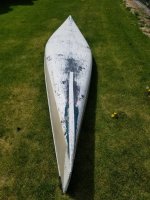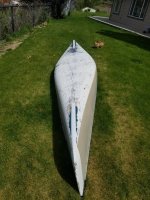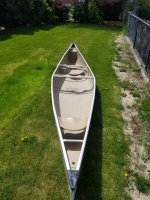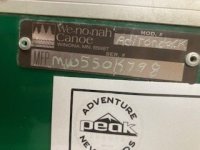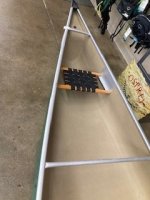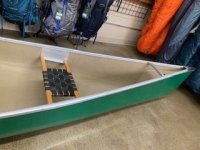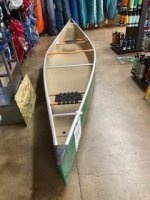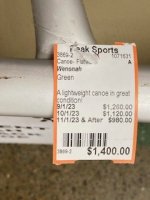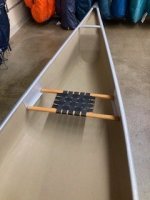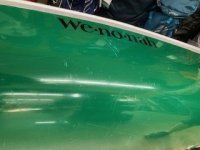I'm looking at a consignment Wenonah Adirondack that is hung from a ceiling. The store doesn't know the material or weight of the canoe, and they aren't being that helpful contacting the owners. I used binoculars to read the VIN number: MW550K798. Both the weight and the material is important for us to know. Tomorrow we will go down and have them lower the boat, but I don't think that I can hold the boat while I climb on a scale. The asking price is $1,400. I don't know the year. Also, from the floor it looks like it has aluminum gunnels. I'm hoping to use this boat on lakes, streams.
Can anyone identify material and year by looking at the VIN number? MW550K798.
Are there any problems I should look out for with the aluminum gunnels and rivets?
Also wondering if I can use it on the Willamette in Class II water. And land on gravel shores.
Thank you.
Can anyone identify material and year by looking at the VIN number? MW550K798.
Are there any problems I should look out for with the aluminum gunnels and rivets?
Also wondering if I can use it on the Willamette in Class II water. And land on gravel shores.
Thank you.


